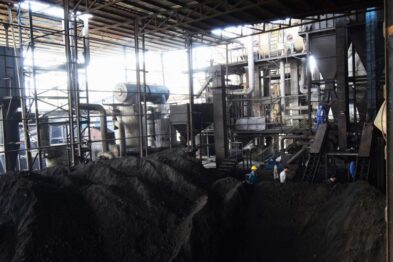Governments worldwide subsidize agricultural inputs to support farmers and increase food production. While subsidies can encourage technology adoption, subsidies may drive the overuse of some chemical inputs, exacerbating their environmental impact. This paper examines the unintended environmental and health consequences of increased fertilizer use driven by selective subsidy reforms. In 2010, India implemented a fertilizer subsidy change favoring nitrogen, which led to lower prices relative to phosphorus and potassium fertilizers. Leveraging the timing of this policy and exploiting exogenous variation in pre-determined geographic characteristics such as soil texture and river flow direction, we find significant effects of the subsidy on nitrogen pollution in downstream water bodies and infant mortality in downstream rural areas. For every 1 % percent increase in nitrate levels, we find a 1.6 % increase in rural infant mortality rates.
Seminars·Oct 21, 2025
Andrew Hultgren, University of Illinois at Urbana-Champaign
- Location: Saieh Hall, Room 146 Google Map
- Date and Time: –
Unintended Environment and Health Consequences of Distortionary Fertilizer Subsidies















